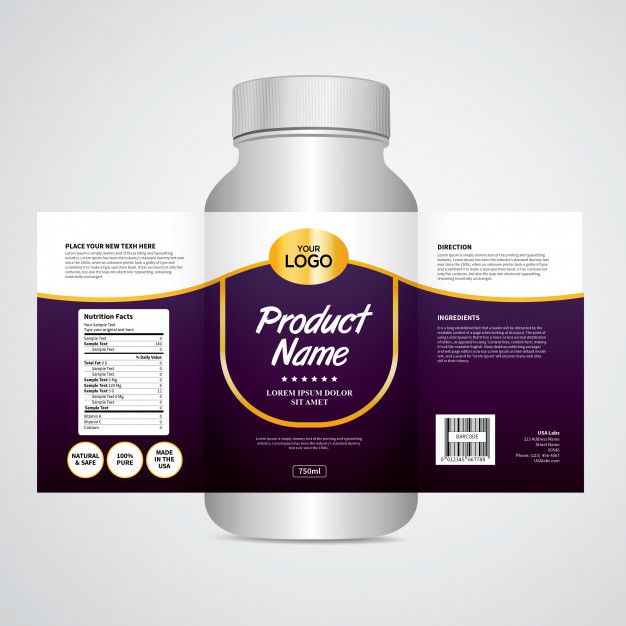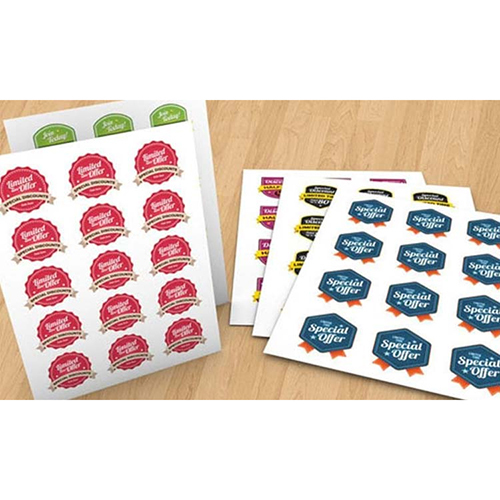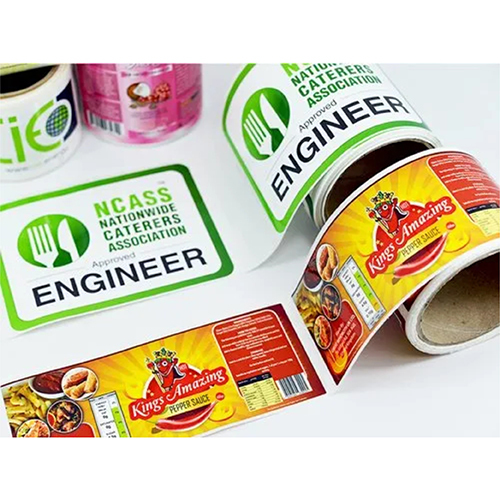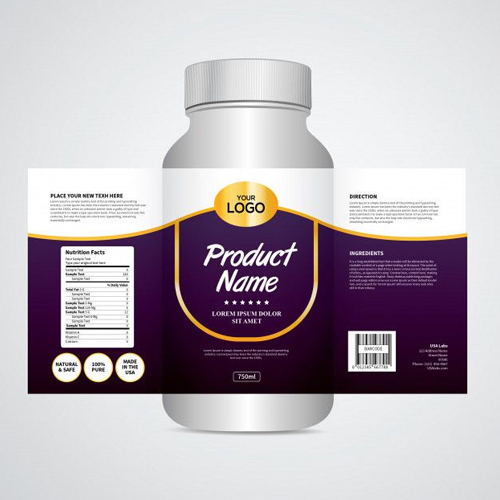Digital Printing - Label
Digital Printing - Label Specification
- Material
- Other
- Print Type
- Digital
- Load Capacity
- Adhesive Type
- Solvent Adhesive
- Design Printing
- Offer Printing
- Thickness
- 3 Millimeter (mm)
Digital Printing - Label Trade Information
- Minimum Order Quantity
- 200 Pieces
- Payment Terms
- Cash Advance (CA)
- Supply Ability
- 100 Pieces Per Week
- Delivery Time
- 7 Days
- Sample Available
- Yes
- Main Domestic Market
- All India
About Digital Printing - Label
Digital printing of labels refers to the modern process of creating self-adhesive labels directly from digital image files, typically using inkjet or electrophotography (laser) technology. It bypasses the need for traditional printing plates or cylinders, which are characteristic of older methods like flexography or offset printing.
Here's a detailed breakdown:
What are Labels?
Labels are printed pieces of material (paper, film, foil, etc.) that are applied to products, packaging, or other surfaces to provide information, brand identification, decoration, or to fulfill regulatory requirements. They are crucial for:
- Branding and Marketing: Showcasing logos, brand colors, taglines, and appealing designs to attract consumers.
- Product Information: Listing ingredients, nutritional facts, instructions for use, warnings, country of origin, etc.
- Identification: Barcodes, QR codes, serial numbers, batch codes for tracking and inventory management.
- Compliance: Meeting industry-specific regulations and standards.
- Decoration and Aesthetics: Enhancing the visual appeal of a product to stand out on shelves.
How Digital Label Printing Works:
- Design Creation: The label design is created on a computer using graphic design software.
- Digital File Transfer: The digital file (e.g., PDF, AI) is sent directly to the digital label printer.
- Direct Printing: The printer applies ink or toner directly onto the chosen label substrate (material) in a single pass or multiple passes, depending on the technology.
- Finishing: After printing, the labels often go through finishing processes like:
- Die-cutting/Laser cutting: Cutting the labels into their desired shapes (squares, circles, custom contours). Digital printing often allows for laser cutting, eliminating the need for physical cutting dies, which is a significant advantage for custom shapes and short runs.
- Laminating/Varnishing: Applying a protective layer for durability, scratch resistance, chemical resistance, or to achieve a specific finish (glossy, matte).
- Embossing/Foil Stamping: Adding tactile or metallic effects for premium appeal (though these might involve offline processes or specialized digital embellishment units).
- Slitting and Rewinding: Cutting the larger printed roll into smaller rolls for easier application.
Key Advantages of Digital Printing for Labels:
- Cost-Effectiveness for Short to Medium Runs: Eliminates plate costs and setup time, making it economically viable for smaller quantities of labels, ideal for small businesses, product launches, or seasonal promotions.
- Faster Turnaround Times: Designs can be printed quickly, significantly reducing lead times compared to traditional methods that require plate production.
- Variable Data Printing (VDP): A revolutionary capability where each label in a print run can be unique without stopping the press. This is perfect for:
- Personalized labels (e.g., names, custom messages).
- Sequential numbering, barcodes, and QR codes.
- A/B testing of different designs or promotional codes.
- Security features for anti-counterfeiting.
- Design Flexibility and Customization: Easy to make design changes, print multiple versions of a label (SKUs) in a single run, and experiment with different aesthetics without incurring high costs.
- High Print Quality: Modern digital presses produce sharp, vibrant images with excellent color accuracy and consistency, often achieving resolutions comparable to or even surpassing traditional methods.
- Reduced Waste: On-demand printing minimizes overproduction and material waste, contributing to greater sustainability.
- Wide Range of Substrates: Digital label printers can handle various materials, including:
- Paper (matte, glossy, semi-gloss)
- Films (BOPP, vinyl, polyester, clear, white, metallic)
- Specialty materials (textured, synthetic, eco-friendly options)
Applications of Digital Label Printing:
Digital label printing is widely used across numerous industries due to its flexibility and efficiency:
- Food & Beverage: Nutritional labels, ingredient lists, branding for craft beers, wines, spirits, and specialty foods.
- Health & Beauty: Cosmetics, skincare, personal care products, where aesthetics and brand image are crucial.
- Pharmaceutical & Nutraceutical: Accurate and legible printing of regulatory information, dosage, batch numbers, and serialization.
- Industrial & Chemical: Durable labels for machinery, chemicals, and hazardous materials.
- Household Products: Cleaning supplies, detergents, etc.
- Promotional & Marketing: Event labels, limited edition product labels, direct mail campaigns.
In essence, digital label printing has revolutionized the label industry by providing a versatile, efficient, and cost-effective solution for producing high-quality labels, particularly in an era of increasing demand for customization, shorter runs, and faster time-to-market.


Price:
- 50
- 100
- 200
- 250
- 500
- 1000+
More Products in Printed Lablet And Sticker Category
Paper Printing Sticker
Price 5.0 INR / Piece
Minimum Order Quantity : 100 Pieces
Material : Paper
Thickness : 3 Millimeter (mm)
Design Printing : Offer Printing
Shape : Any Customize Shape
Roll Label Sticker
Price 25.0 INR / Piece
Minimum Order Quantity : 100 Pieces
Material : Paper
Thickness : 3 Millimeter (mm)
Design Printing : Offer Printing
Shape : Rectangle
Packaging Label
Price 5.0 INR / Piece
Minimum Order Quantity : 100 Pieces
Material : Other
Thickness : 3 Millimeter (mm)
Design Printing : Offer Printing
Shape : Rectangle
Digital Printing Sticker
Price 500.0 INR / Piece
Minimum Order Quantity : 200 Pieces
Material : Other
Thickness : 3 Millimeter (mm)
Design Printing : Offer Printing








 Send Inquiry
Send Inquiry Send SMS
Send SMS